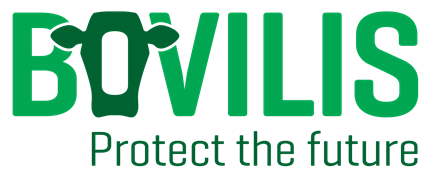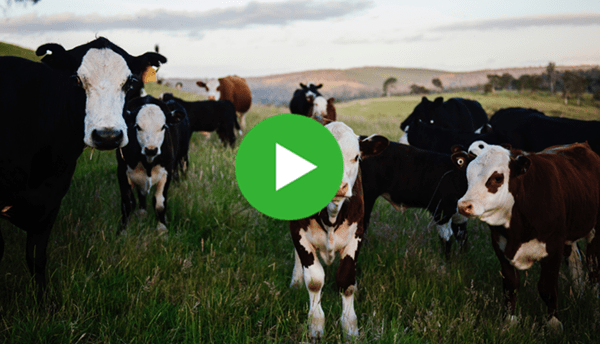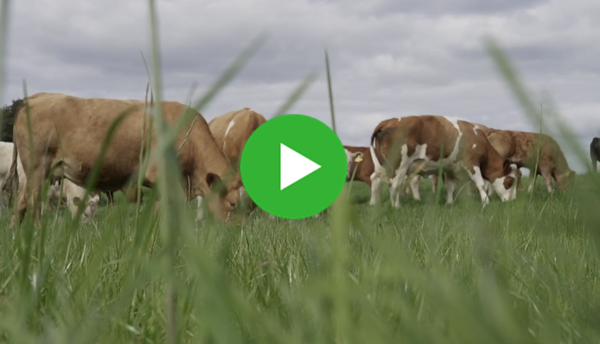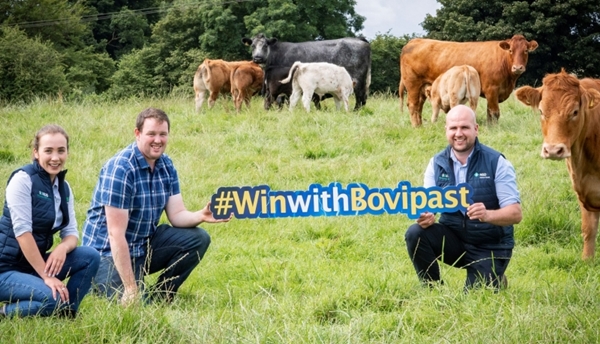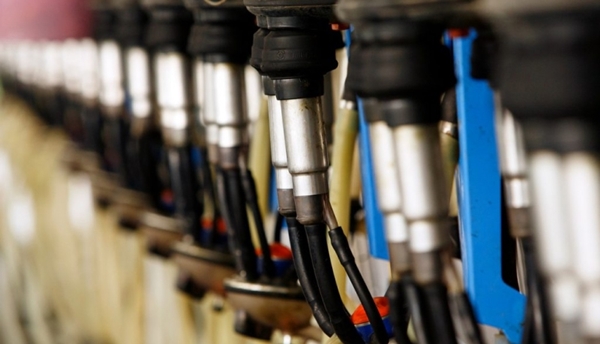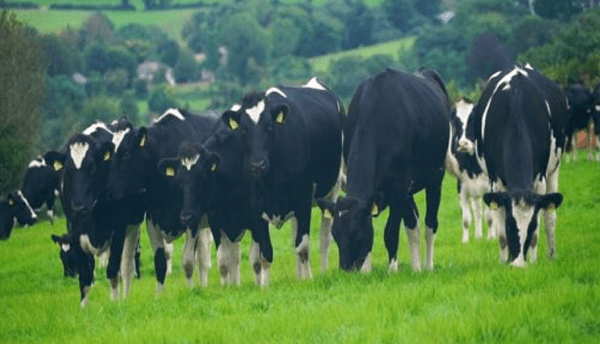

NEWS
Suckler farmer adopts vaccination option under BEEP-S
8th October 2020
Suckler farmer Dara Walton has chosen vaccination as an optional measure under the Beef Environmental Efficiency Programme-Sucklers (BEEP-S)
Dara Walton is well known in the beef farming community and indeed wider circles as one of the top performing beef herds in the country. He runs a herd of 60 spring-calving cows at Cappagh, Callan. The farm straddles the Kilkenny-Tipperary border. All progeny are reared to beef.
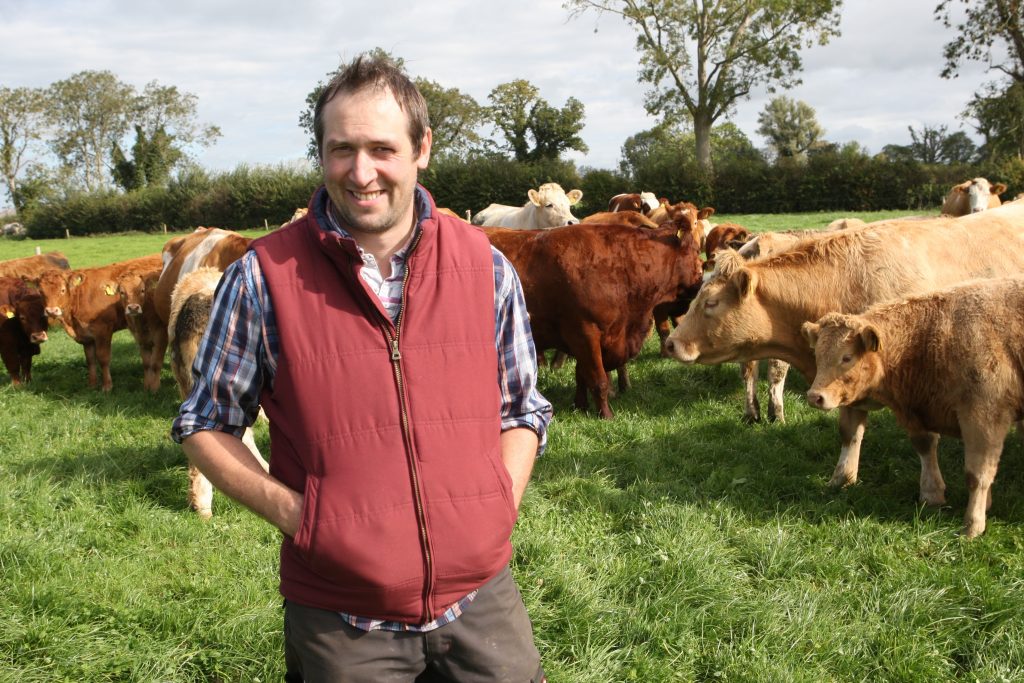
As part of the BEEP-S and to enhance the health of his stock, all weanlings are given their primary shot of Bovilis® Bovipast RSP around six weeks before they are housed. They get the booster shot four weeks later, along with a single shot of Bovilis IBR Marker Live. They are housed for the winter two weeks later.
Bovilis® Bovipast RSP contains IRP technology and provides broad protection against bacterial pneumonia caused by the bacteria Mannheimia (Pasteurella) haemolytica as well as the two main viruses, RSV (Bovine Respiratory Syncytial virus) and PI3 virus (Parainfluenza 3 virus). It is given under the skin.
As well as getting an additional BEEP-S payment of €30/calf, vaccination gives him the security and peace of mind of knowing that his valuable weanlings are protected against the major pneumonia threats.
Dara graduated from UCD with a degree in agricultural science in 2005. He combined farming with an off-farm job for the first 11 years after graduation. Since he started farming full-time, he has expanded the suckler herd from 50 to 60 cows.
The cows are mainly Limousin and Simmental cross with a bit Parthenaise. All replacements are home-bred and the aim is to have a breeding herd of three-quarters Limousin. Breeding is currently 60% AI with a stock Limousin and Charolais bull.
Dairy calf to beef
He has also developed and expanded a dairy calf to beef enterprise. This year he reared 60 calves, 40 Friesian bulls and 20 Angus and Hereford heifers. They were bought from his brother Pat, who runs a dairy farm next door. They were reared in three batches, starting in early February.
With around 250 animals to be managed and fed, he is facing into a busy winter. This year has also been a little busier on the home front for Dara and his wife Muireann, a public health nurse. Their daughter Eloise was born 13 months ago.
His parents Tommy and Patricia live in the family home beside the farmyard. A sprightly 89-year old, Tommy still plays an active and helpful role.
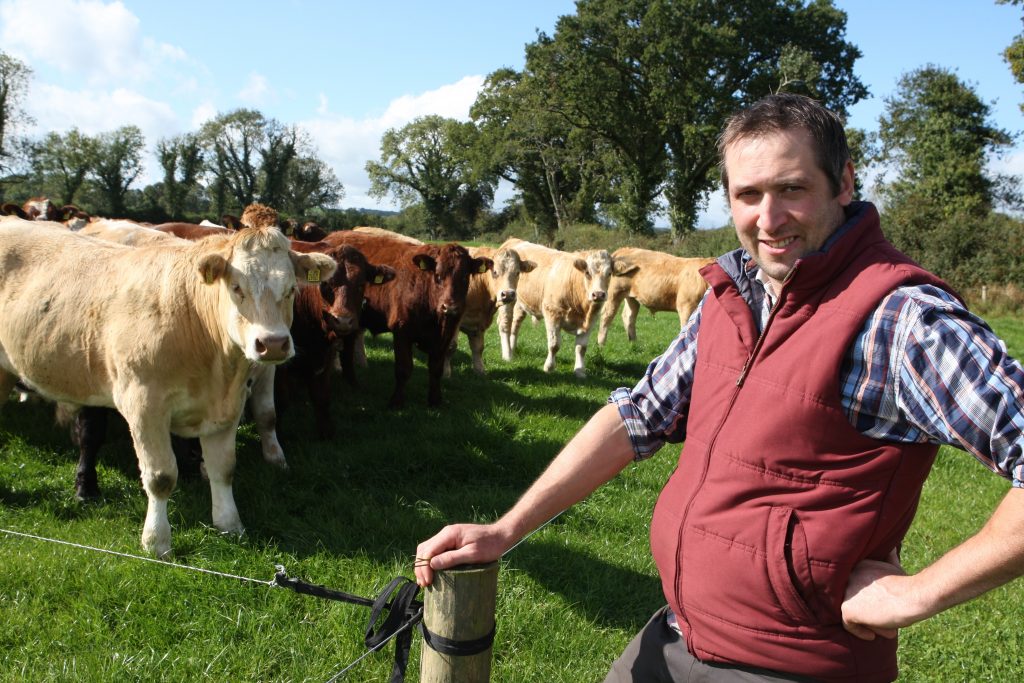
Herd IBR vaccination programme in place
Dara Walton operates a whole herd IBR (Infectious Bovine Rhinotracheitis) vaccination programme for the past number of years.
All calves were vaccinated intramuscularly with Bovilis® IBR Marker Live about four weeks before they are housed. Now, they are vaccinated approximately two weeks prior to housing at the same time the booster shot of Bovipast RSP is administered.
All breeding stock are given an annual booster shot of Bovilis® IBR Marker Live prior to housing.
The recent granting of a 12-months immunity license for Bovilis® IBR Marker Live greatly simplifies the IBR vaccination programme for farmers like Dara.
IBR is a highly infectious disease and almost three-quarters of all suckler and dairy herds are known to be positive to the IBR virus.
He started putting jackets on the calves last year and finds them a great benefit in health and performance. He also shaves the backs and tails of every animal at housing. He finds it a big help in avoiding respiratory problems.
Top performance from excellent grass management
Excellent grass and top class grass management are the hallmarks of Dara Walton’s beef production system.
He won the Zurich/Farming Independent Beef Farmer of the Year award in 2019, in recognition of his skills and performance across all aspects of beef production.
The entire farm has been reseeded over the past 12 years and the results are visible in leafy grazing paddocks with plenty of clover. He is faming 42ha of owned and 12 ha of rented land, which is used for two cuts of silage and grazing at the shoulders.
His target is to average 1kg/day gain from grass across all animals over the grazing season. This year the continental yearlings gained 1.5kg/day from March to July and the Friesian steers averaged 1.2kg.
While gains have gone back a bit since July, he is confident he will exceed the kilo/day target. Performance is continually monitored through regular weighing.
Creep grazing
Calves are forward creep grazed ahead of the cows to ensure they get the most nutritious grass and achieve top performance.
When bull beef became “a recipe for losing money” he went back to steer beef three years ago. Steers are finished at 21-24 months and heifers at around 20 months.
Most of the finishing cattle are now housed and are getting around 7kg of concentrate. Finished heifers will be sold in about a month and he hopes to have most of the steers gone by Christmas.
Silage
Dara regards excellent quality silage as vital to the economics of his system. Last year’s silage had a DMD of 78%. This meant that no concentrate was fed to weanlings over the winter.
“I had 110 weanlings last winter and feeding them 2kg/day would have cost me €6,000. While the Friesian steers were a bit scrawny going to grass, I got great compensatory growth and they averaged 1.2kg/day up to July,” he said.
The quality of this year’s silage is back a bit, at 71-75DMD. He will probably have to feed the weanlings around a kilo/day of a high protein ration to keep them on a good growth curve.
The bucket-reared calves are fed meal for about two weeks after they are weaned off milk replacer. They are then on high quality grass only for the rest of the grazing season.
Economics
Even with doing everything right, Dara Walton is frustrated with the economic viability of beef production.
“Price is the determining issue. At €3.60-€3.65/kg, the economics just don’t stack up. The price would need to be in the €3.90-€3.95 range for me to get a viable income and return on my labour and investment.”
TAGS
Sign up to Bovilis® product and event information
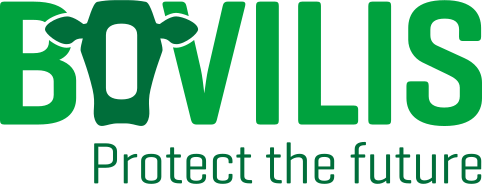
MSD Animal Health
Red Oak North, South County Business Park, Leopardstown,
Dublin 18, Ireland
vet-support.ie@msd.com
PHONE
CATTLE DISEASES
